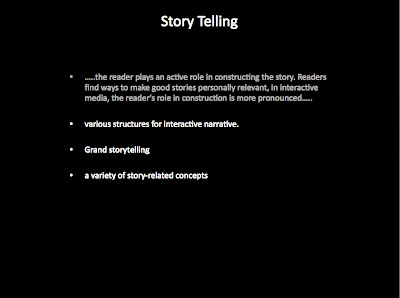He advocated the adoption of a morally responsible and holistic approach to design, adapting technology to the individual's needs and utilizing the wisdom and experience of other countries, particularly in the developing world. In order to better understand basic human needs and their relationship to design, he studied Oriental, Inuit and Native American cultures and was closely connected to folk arts. Papanek was a design pioneer. He was one of the first industrial designers to critically analyze design as a force for good, suggesting that commercial design was not necessarily the best way to design. He believed that designers and creative professionals have a responsibility and are able to affect real change in the world through good design. He was driven by ethics and better design for society and the world, questioning the common practices of designers at that period. He designed for designing for people with real needs: children, medicine, handicap people, believing that we’re all handicap in some way and that there is no such a thing as a problem “to small for concern”
Victor Papanek’s approach to social engagement of design highly reflects his personal ethic and commitment to society. He was against superficial solutions, meaning they were no solutions at all. He also believed that designers shouldn’t imposed their “good taste” to people from different cultures because they might not relate to the product and might affect the final user’s real needs.
Another important aspect in Victor Papanek’s philosophy was to design to the most simplistic and functional point where the use of resources where taking into count and where the product wouldn’t use fancy packaging in order to make it look more expensive. Victor Papanek ethical driven design was deeply connected to the ethical manage of resources and the products impacts on the environment. His book "Design for the Real World" was first published in 1971, and was immediately a challenge to the world of mainstream commercial design, putting it in line of ethical and political critical observation. He was one of the first people to explore the Life Cycle Analysis, exploring the idea that a product not only had an impact in the environment when it was disposed, but that we also needed to include all the process this product went through to get to our hands.
Decentralization was one of Victor Papanek’s proposals for an environmental solution, thinking that the decentralization would led to a better local autonomy, which was discouraged by modern technology, and also would mean an easier way to implement renewable energy for a small town. By a decentralized design, the final product would be more adequate for the climate of an specific location, size of the city, it would make better use of the recourses in that area such as materials and energy.
One of his designs that clearly reflects his design philosophy is the Batta-Koya, which means, “talking teacher”. The government of Nigeria and Tanzania ask Victor Papanek to find a solution to communicate with their people issues such as public health, birth control, nutrition, agriculture, among others. The problem was that, even though English was the official language, there were 238 native dialects and many of the people in the village were illiterate and the communication of information was based on oral story telling. The solution was to redesign a cassette player that could be at least assemble in those countries with some modifications in order to make it easier to use for the people of the village:
- Simplification of the mechanisms: there were only two controls: volume and a T-shape on/of switch (which also controlled forward and reverse)
- The battery case was externalized and held the two batteries in correctly aligned position (eliminating the positive and negative)
- The housing was made of plastic and with the manufacture capabilities of developing countries

Sources:
- Papanek, Victor (1971). Design for the Real World: Human Ecology and Social Change, New York, Pantheon Books .
- Papanek, Victor & Hennessey, Jim (1973). Nomadic furniture: how to build and where to buy lightweight furniture that folds, collapses, stacks, knocks-down, inflates or can be thrown away and re-cycled, New York, Pantheon Books .
- Papanek, Victor & Hennessey, Jim (1974). Nomadic Furniture 2, New York, Pantheon Books.
- Papanek, Victor & Hennessey, Jim (1977). How things don't work, New York, Pantheon Books.
- Papanek, Victor (1983). Design for Human Scale, New York, Van Nostrand Reinhold.
- Papanek, Victor (1995). The Green Imperative: Natural Design for the Real World, New York, Thames and Hudson.
- http://bikesandbeers.blogspot.com/2007/06/papaneks-3rd-werld-bike-cart.html
- http://foundsubjects.blogspot.com/2008/07/interview-with-victor-papanek-1988.html
- Title: The Victor Papanek lecture, Source: Design [0011-9245] Platt yr:1991 iss:513 pg:56
- Title: Victor Papanek, 1925-1998: an alternative view, Source: ID [0894-5373] Caplan yr:1998 vol:45 pg:34

















































